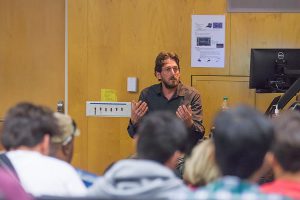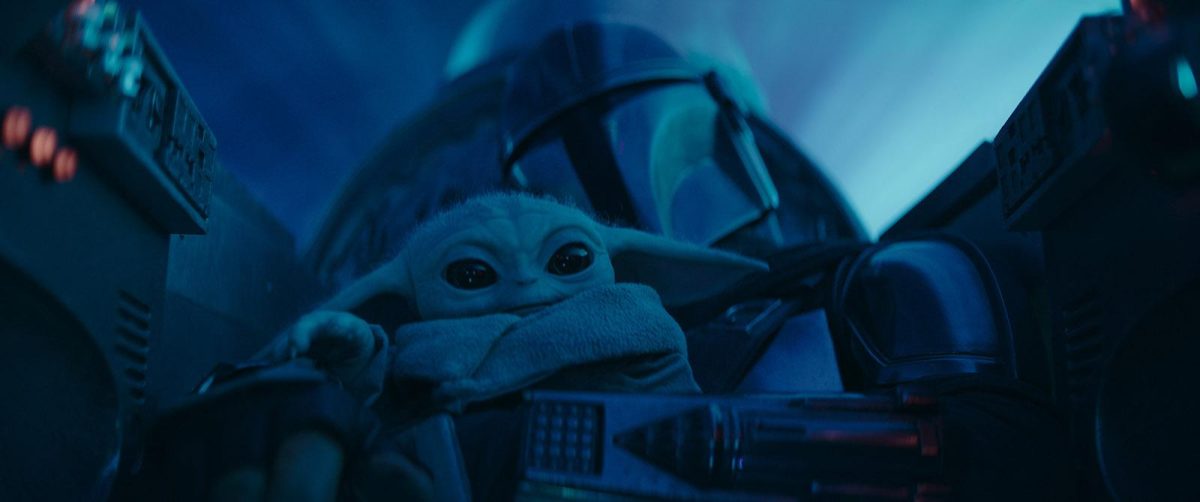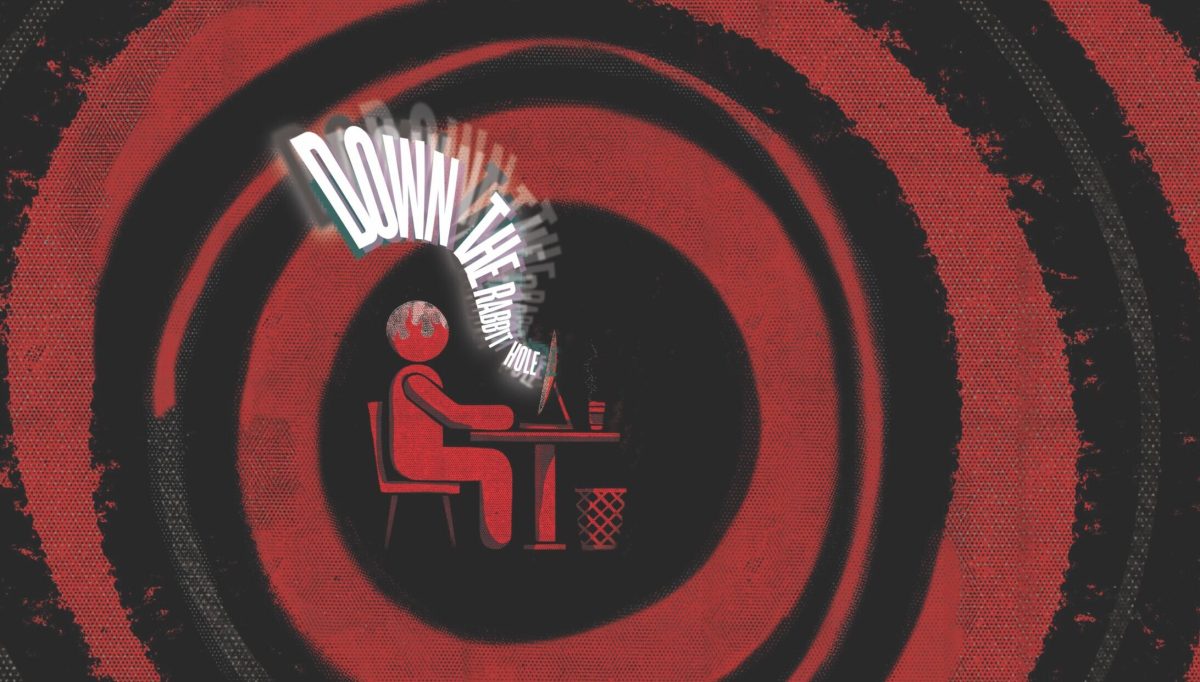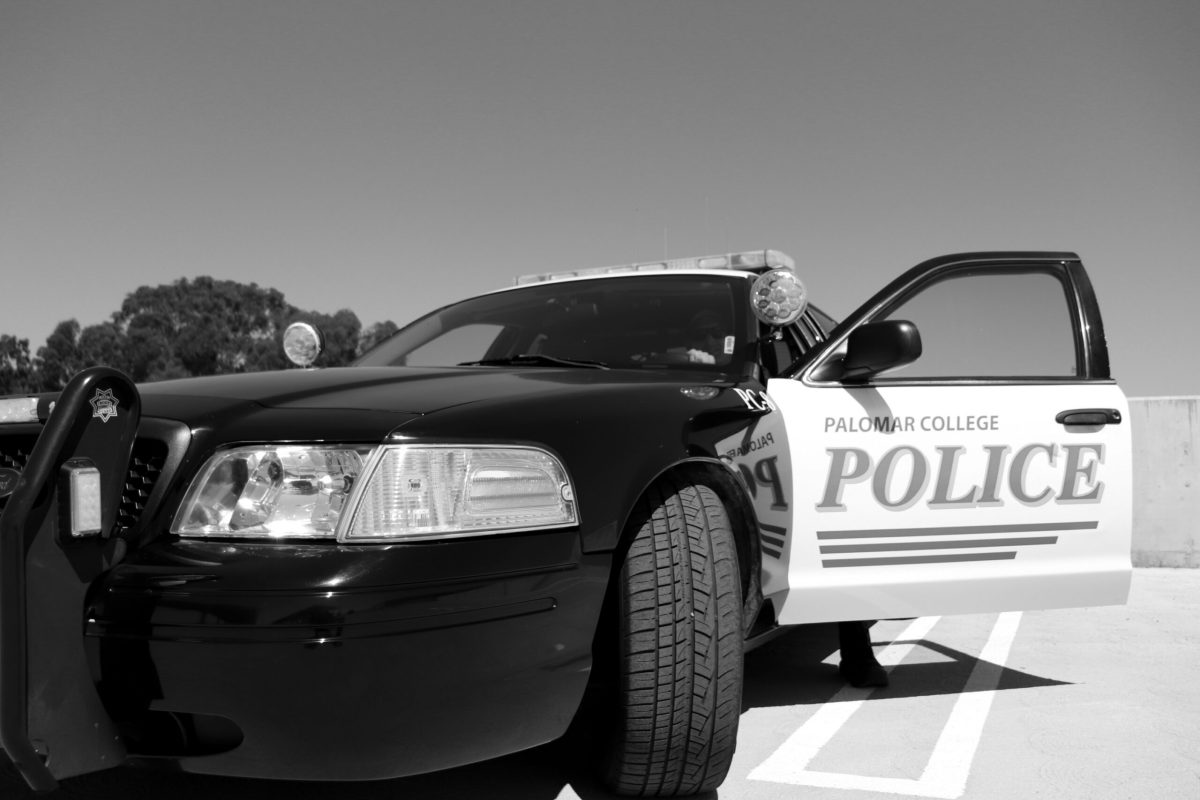
The room was packed in the first four rows of the large P-32 lecture hall at Palomar College, as Photography Department Director Donna Cosentino was rushing around preparing for renowned speaker and photojournalist Matt Black’s presentation.
Cosentino introduced the speaker by thanking NCHEA, the local educational organization that raised grant money to allow Black to speak at the college, and listed the many outstanding accomplishments and awards that Black has over the years acquired.
Black gave a quiet introductory speech, and addressed his most common question of where did he start.
“When people ask me that now, I say you start at your front door,” Black said.
He began his slideshow with moving and impactful photographs of the poverty and migrant families in the Central Valley living amidst the California drought.
His film photography captures his intention and subjects through his unique vantage points and the contrasted grain, stylized high quality photographs that depict sensitive subject matter.
Black has emphasized the social landscape of migration in America with his photographic work. One such that he discussed was a focus on the few African American communities in areas that face a life of poverty and hope.
“[These experiences] really opened my eyes to the potential, to the power of photography … that the camera is a tool,” Black said. “My goal was to document this community before it was gone.”
Black went on to share his other projects, one of which about the immigration crisis of undocumented immigrants traveling across America.
“After finishing the first assignment on the Black Okies, I wanted to focus on what’s happening right now. I chose migration from Mexico, but not from the traditional areas of migration,” Black said.
Black focused on a family who came from Oaxaca to work in California, and their struggles of being migrants that don’t end after crossing the border. Extreme poverty is captured with images of a struggling families and child labor in the area.
These families that Black has photographed left behind old and young in the small towns of Mexico.
Black’s intentions with his projects was to answer the question of why people migrate. Next was his short film on the 44 children who went missing in Guerrero, the second poorest and most violent state in Mexico, entitled “The Monster in the Mountains.”
Black presented his final project which focused on “building a digital map of poverty in the United States” and he’s been focused on publishing his recent work digitally using social media.
Black remarked that this was a departure from previous work, now using a digital camera and limiting his photographs, one pertaining to one geographical area of poverty.
“It’s this idea of a path, something as simple as a camera, that uses curiosity and takes one on a path,” said Black.
Black remained to answer questions about his work, his purpose, his trials and tribulations.
“To be honest with you, really want to feel that your work has a big impact,” Black said. “The challenge is how affective can we be, and is this actually doing its intended purpose. We really should feel that what we create has a big impact on people.”























































